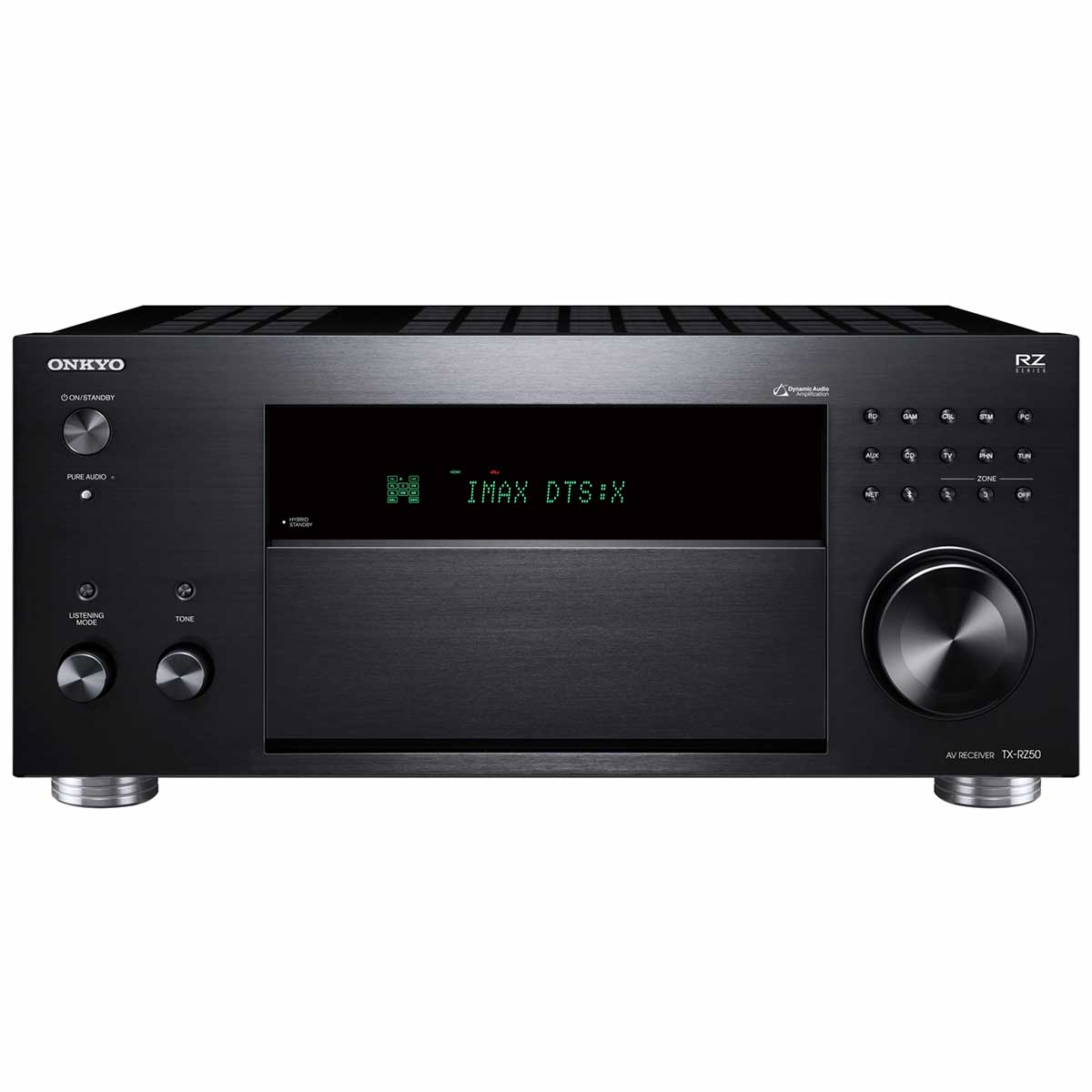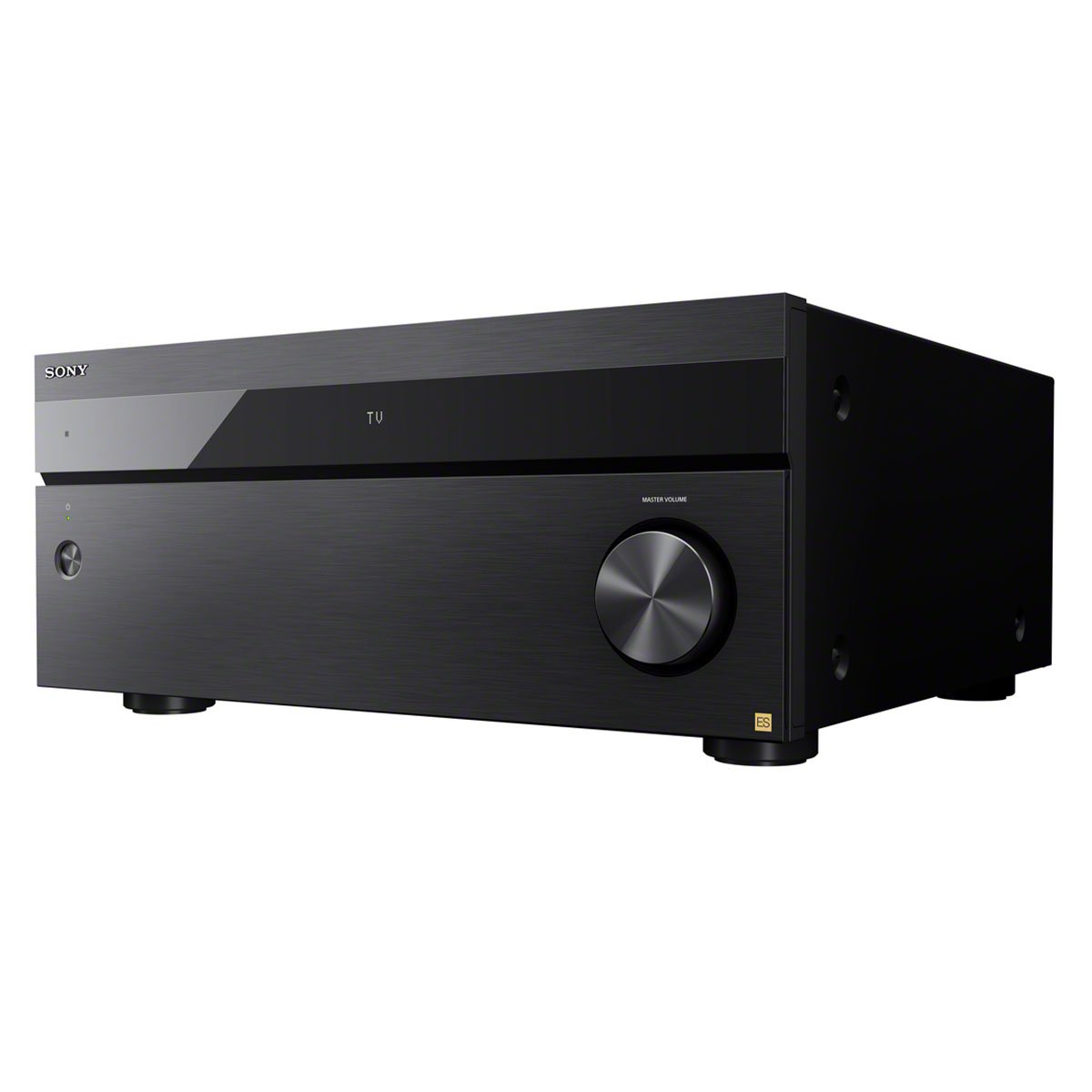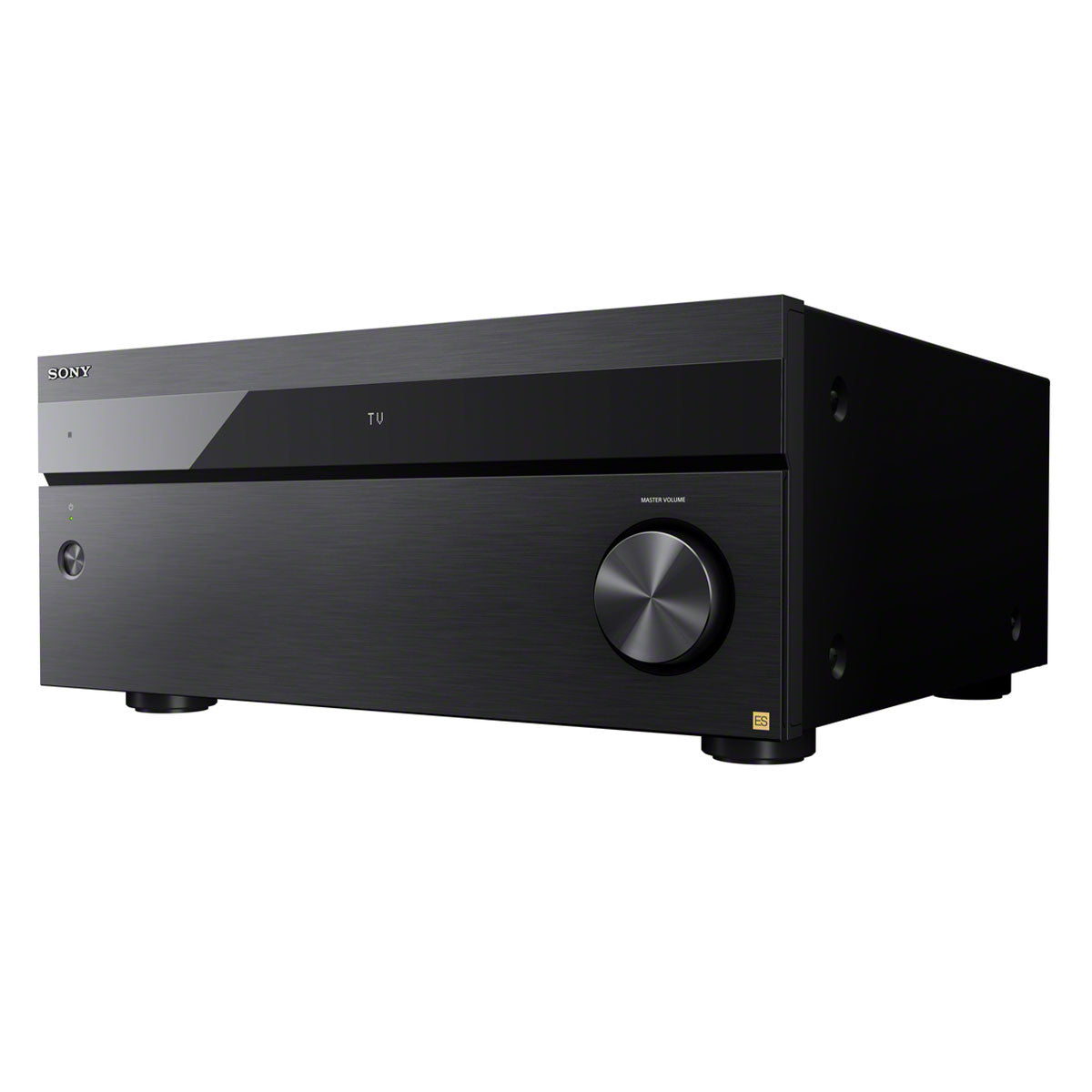 Home Theater
Show links
Home Theater
Show links
 Speakers
Show links
Speakers
Show links
 Components
Show links
Components
Show links
 TVs & Projectors
Show links
TVs & Projectors
Show links
 Seating & Furniture
Show links
Seating & Furniture
Show links
 Acoustic Treatments
Show links
Acoustic Treatments
Show links
 Cables & Accessories
Show links
Cables & Accessories
Show links
 Featured & Deals
Show links
Featured & Deals
Show links
 Home Audio
Show links
Home Audio
Show links
 Speakers
Show links
Speakers
Show links
 Components
Show links
Components
Show links
 Cables & Accessories
Show links
Cables & Accessories
Show links
 Outdoor Entertainment
Show links
Outdoor Entertainment
Show links
 Acoustic Treatments
Show links
Acoustic Treatments
Show links
 Featured & Deals
Show links
Featured & Deals
Show links
 Turntables
Show links
Turntables
Show links
 Turntables
Show links
Turntables
Show links
 Phono Cartridges
Show links
Phono Cartridges
Show links
 Phono Preamps
Show links
Phono Preamps
Show links
 Record Cleaning & Care
Show links
Record Cleaning & Care
Show links
 Isolation Systems
Isolation Systems
 Cables & Accessories
Show links
Cables & Accessories
Show links
 Featured & Deals
Show links
Featured & Deals
Show links
 Headphones
Show links
Headphones
Show links
 Headphones
Show links
Headphones
Show links
 Headphone Amps & DACs
Show links
Headphone Amps & DACs
Show links
 Featured & Deals
Show links
Featured & Deals
Show links
 Smart Home
Show links
Smart Home
Show links
 Deals
Show links
Deals
Show links

This is part of Audio Advice's Home Theater Design Series that covers virtually everything about designing a home theater.
Today's home theater receivers come with so many features, they can make your head spin. Just take a look at the specs on any brand’s website and you’ll probably see more than 50 features listed in the long list of advantages the brand is pitching you. Heck, we counted over 100 on one! Sure you want all of the latest and greatest, but in the end, one of the main features that make you smile when you put on your favorite movie is how great the sound is.
Sound bounces all-around in your room creating areas where certain frequencies build up and are way too loud, while other frequencies get canceled out and greatly reduced in volume. Another factor is the echo effect of a room where you have nothing on the walls. A room with bare walls can make it very hard to follow along with the dialog in a movie. You can improve your sound by strategically treating your walls, which we cover in another article, but even the best room treatments can not really change how the lower frequencies either build up or drop in volume at your favorite seat. If you have ever seen an actual measurement of a room, you know it looks far from the flat line the engineers are able to get out of most speakers in that perfect acoustic anechoic chamber. Most rooms show a measurement that looks like you have the Rocky Mountains on the horizon!
Until just recently, the only way to fight for flat response was to try moving your speakers all around, hoping you’d find the spot where their interaction to the room yielded the flattest response. Sure the earlier days of HiFi had a box called an equalizer that allowed us to take some frequencies and either boost or cut them but we were mostly doing it by ear back then and the added circuitry of the equalizer circuit sometimes did more harm than good to the sound.

As computer processing power expanded exponentially while the cost did the same in the opposite direction, the audio engineering community began to experiment with a better way to fix room problems. At first, they were a little glitchy and questionable in how well they worked but over the past few years, these automatic room correction technologies have gotten really good. They can actually fix a lot of the problems created by the room and in many cases totally transform how your home theater sounds, and in a good way!
The great news is every brand we have seen has made the process pretty simple to follow if you are slightly technically inclined, which we expect you are if you are reading this blog.
You’ll see some brands choose a licensed room EQ system such as Dirac or Audyssy and others, who have big teams of engineers create their own like Anthem’s ARC. Whatever the case, if your home theater receiver has room EQ, we highly recommend you go through the steps to utilize it to its full potential which is the point of this blog.
Some subwoofers also now come with built-in room correction circuitry. We suggest you perform this step before starting up the receiver's room correction. Most all of the steps we’ll go over also apply to the subwoofer room EQ set up as well.
We will assume before we start that you have all your speakers connected up, located where you want them, and have confirmed the correct channels are going to each speaker. There is nothing like the left rear test tone coming on and hearing it come out of the right front speaker!

Let’s go over some of the steps and why they matter:
If your new home theater receiver has automatic room EQ, it will come with a microphone. In some cases, you will have to download a microphone calibration file from the company website. Normally, everything will work great with the included microphone. However, if you have a system that uses Dirac, we highly recommend you purchase a better microphone than the one included. Mini DSP makes a good one for under $100 you can find on their website. For those of you wondering about spending $100 on a microphone, please remember some of the receivers with Dirac are multi-thousand dollar receivers.
You’ll need something to hold your microphone. Some brands of receivers include a tripod stand, if yours does not, we recommend you find a way to hold the microphone steady and level or just purchase an inexpensive microphone boom stand (they are usually under $20)
Grab a good tape measure and download an SPL app for your smartphone.
Once you have all of the right tools, set aside about 20 minutes to an hour to get everything done. Your house is going to need to be quiet while the microphone is taking all the measurements and you’re going to hear some loud test tones that might make a dog start barking. Plan for this in advance and you will not have to start over halfway in!
This is the critical part. The software in your receiver will usually have you start out with the microphone perfectly centered in your main listening position. You’ll get better results if you use a tape measure, but the really important part is to make sure the microphone is pointing straight up. Every calibration system we have seen relies on the microphone pointing exactly straight up. As the system asks you to move the microphone around, pay special attention to the height and depth it asks for. Some systems will give you a visual reference where you can do a top and front view to get a sense of where the microphone should go.
Expert Tip: If you want to fine-tune the room EQ for your main seat and don’t care as much about the other seats, don’t spread the microphone out as far across the seating area. You’ll still need each measurement to usually be about 20” apart, but if the system is asking you to spread the measurements out over the whole couch and you only listen in the middle, move things in some. If you want the EQ to be averaged for a larger seating area, just follow the on-screen prompts.
A few systems even let you choose if you are setting things up for a single-seat, multiple rows, or a couch, which makes things simple for your choice.
We have found systems vary in whether they default the test tones to an appropriate level or rely on you setting the volume control at the right point. We suggest you just go ahead and adjust your volume to what is a relatively loud level before you get into the setup menu to start the EQ process.
Taking the measurements will usually require you to put the microphone in one position, press go, then repeat until you are done. The more speakers you have in your system, the longer the process will take.

Most of the automatic room equalization programs also apply settings for your speaker distances, speaker levels, and sometimes speaker crossover points. Our opinion is, in most cases, the result is not ideal. Once the program is done running, it's a really good idea to pull out your tape measure and confirm your speaker distances are correct. Make any adjustments that are necessary. Remember also to add in any delay your subwoofer might be creating with its own digital signal processing. Most add 8-12 ms so you want to add that many feet to the actual distance setting for the subwoofer. For more information check out our subwoofer setup article.
Next, take a look at the speaker crossovers. For most speakers, you want them crossed over at 80hz. We have seen some systems set the crossover points really high, just double check these.
Once you have confirmed the crossover points, we feel like it is a good idea to recheck the levels. Many systems will get this very close, but it's still a great idea to check using the app you downloaded.
We feel the most important speaker in your system is the center channel and have a full video & article to walk you through how to optimize your center channel speaker. Please take a look at the tips on fine-tuning and follow the steps.
We have a feeling that once you are done, you will be very proud of the improvement you have made in your system.
If you have any questions about how to best optimize your system, call 888.899.8776, chat with us, or stop by our award-winning showrooms. At Audio Advice, we've been designing and installing high-performance home theaters & smart home systems for our customers in North Carolina and the surrounding areas for decades. In fact, we've delivered more custom theaters than anyone in the Southeast! We are now offering Home Theater Design no matter where you live in the United States! If you are interested in a custom home theater or upgrading your current system, give us a call at 888.899.8776, chat with us, or stop by our award-winning showrooms. We can't wait to help you build your ultimate home theater!

Onkyo TX-RZ50 9.2-Channel Home Theater Receiver
$999.00

Anthem MRX 1140 8K Home Theater Receiver
$4,199.99

Sony STR-AZ5000ES 11.2 Channel 8K AV Receiver
$2,098.00

Sony STR-AZ7000ES 13.2 Channel 8K AV Receiver
$3,298.00
You'll be among the first to know about product launches, exclusive online deals, and the hottest audio trends.
8621 Glenwood Ave
Raleigh, NC 27617
919.881.2005
11409 Carolina Place Pkwy
Pineville, NC 28134
704.821.4510
5732 Oleander Drive
Wilmington, NC 28403
910.392.1200
support@audioadvice.com
888.899.8776
